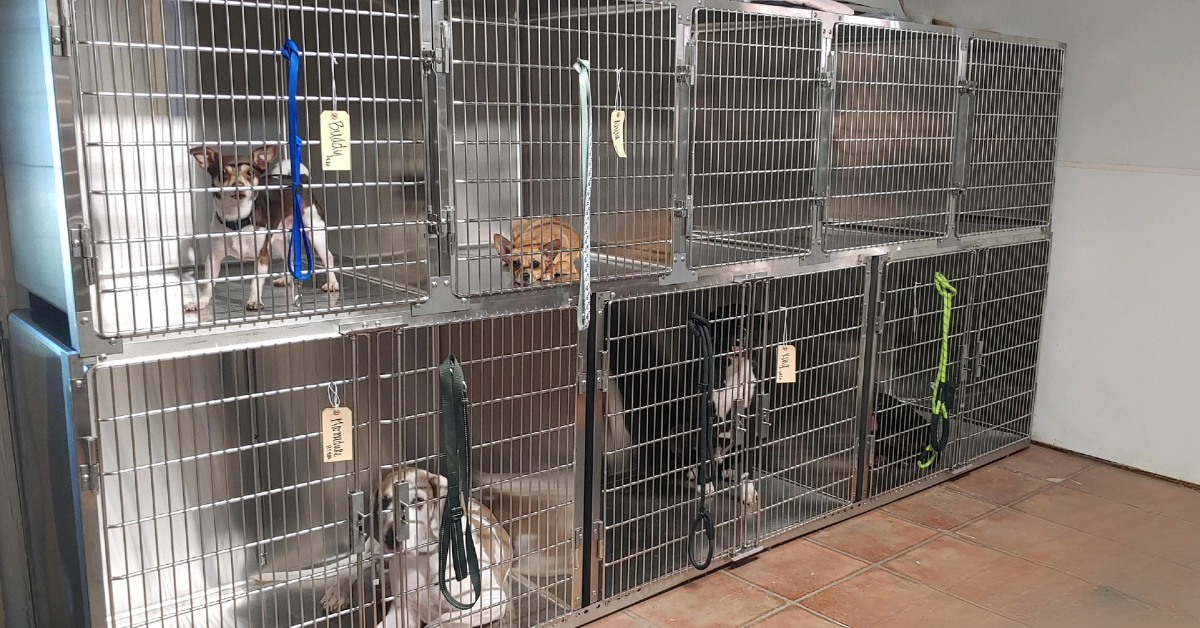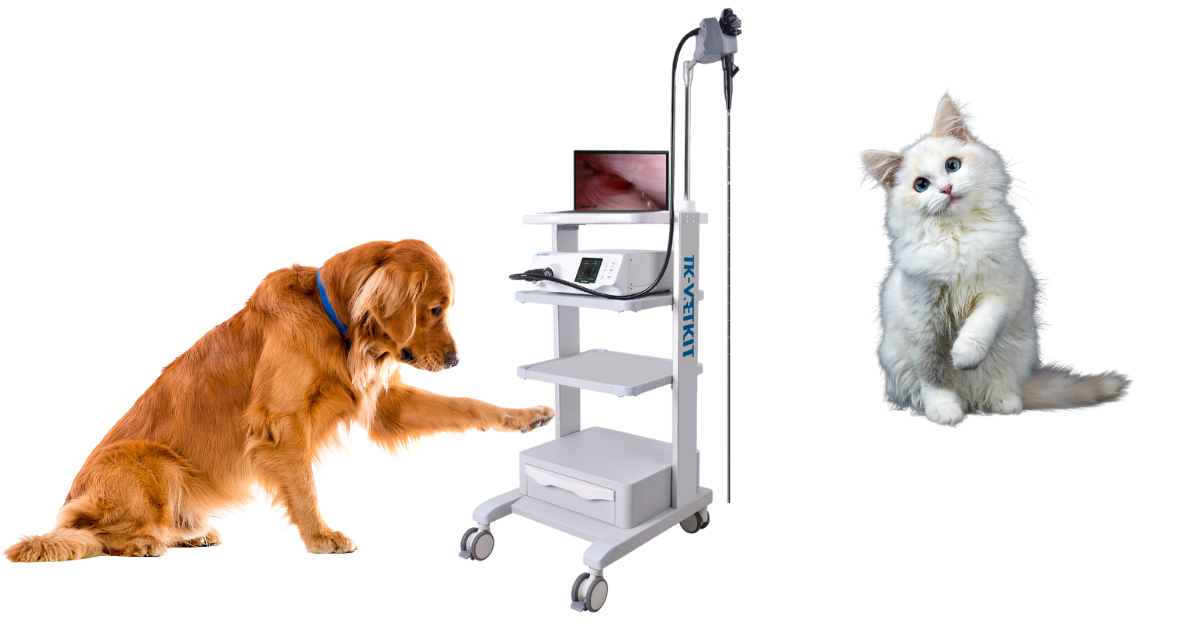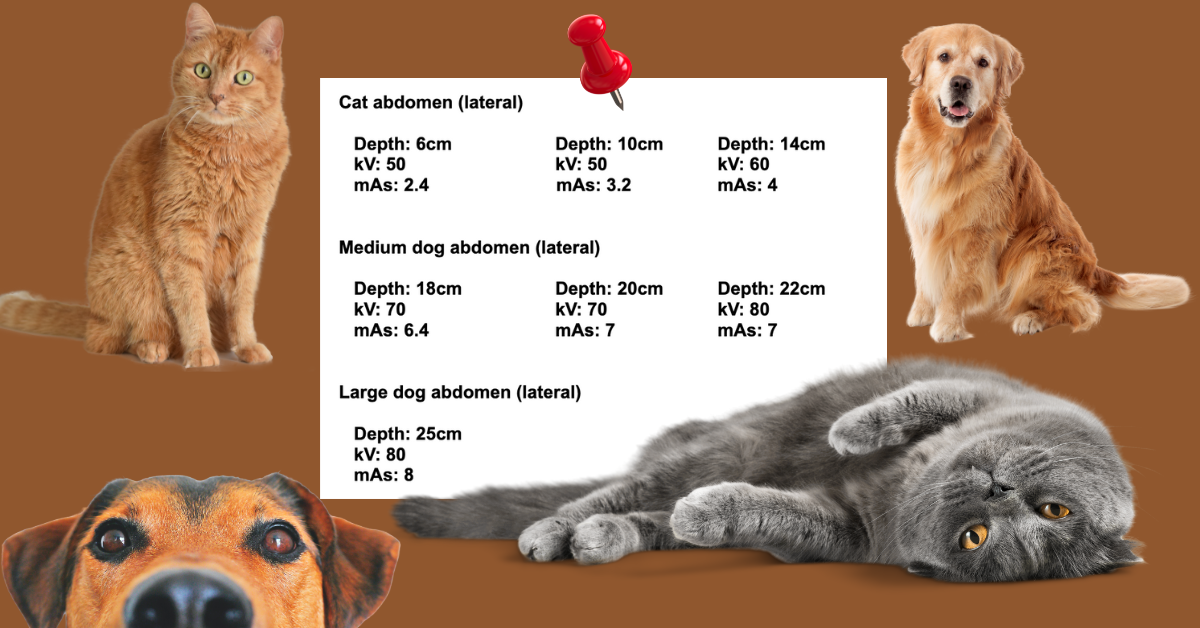The Convenience Revolution: A Deep Dive into Mobile Veterinary Home Services
In the ever-evolving realm of veterinary medicine, mobile veterinary home services have emerged as a game-changer, offering convenience, comfort, and personalized care to pet owners and their furry companions.
If you're a veterinarian contemplating this exciting venture, this comprehensive guide will equip you with the knowledge and strategies to establish a thriving mobile veterinary practice.
The Allure of Mobile Veterinary Home Services
Mobile veterinary home services present a plethora of benefits for both pet owners and veterinarians.
Convenience for Pet Owners:
Eliminates the hassle of transporting pets to traditional veterinary clinics, reducing stress and anxiety for both pets and owners.
Offers in-home care, allowing pets to be examined and treated in their familiar and comfortable environment, potentially reducing stress-induced behavioral issues.
Provides flexibility in scheduling appointments, catering to busy lifestyles, and accommodating pets with special needs.
Advantages for Veterinarians:
Enables personalized attention and relationship building with pet owners and their furry companions.
Offers a unique work environment, breaking away from the traditional clinical setting.
Provides a sense of autonomy and control over one's practice.
Essential Equipment for Your Mobile Veterinary Clinic
To ensure you can provide comprehensive veterinary care at your client's homes, you'll need to invest in the following equipment:
Portable examination table
Basic diagnostic tools, such as a stethoscope, otoscope, and ophthalmoscope.
Essential medications and supplies for common pet ailments.
Waste disposal system.
Portable laboratory equipment for in-house blood and urine tests.
A reliable vehicle to transport your equipment and supplies.
Shop for used equipment. https://www.usedvetequipment.com/
Crafting a Winning Marketing Strategy
Effective marketing is crucial for raising awareness about your mobile veterinary services and attracting clients. Here are some key strategies to consider:
Establish a Strong Online Presence: Create a professional and informative website that clearly outlines your services, location, and contact information. Utilize social media platforms to engage with potential clients, share educational content, and showcase testimonials from satisfied customers.
Target Local Communities: Partner with local pet stores, animal shelters, and groomers to cross-promote your services. Engage in community events and pet fairs to showcase your expertise and connect with potential clients.
Offer Competitive Pricing and Packages: Consider offering introductory packages or discounts to attract new clients. Tailor your pricing to the specific needs of your target audience.
Emphasize Convenience and Personalized Care: Highlight the unique advantages of mobile veterinary services, emphasizing convenience, reduced stress, and personalized attention for both pets and owners.
Navigating the Regulatory Landscape
Before launching your mobile veterinary practice, it's essential to familiarize yourself with the applicable regulations and licensing requirements in your jurisdiction. These may include:
Obtaining a mobile veterinary license or permit.
Ensuring your vehicle meets safety and sanitation standards.
Maintaining proper records of patient care and adhering to veterinary practice standards.
Why Mobile Veterinary Home Services Are a Smart Choice
Mobile veterinary home services offer a compelling alternative to traditional brick-and-mortar clinics, providing several distinct advantages:
Reduced Overhead Costs: Eliminates the need for expensive clinic facilities, rent, and utilities.
Flexible Work Schedule: Set your own hours and work-life balance.
Expanding Client Base: Reach a wider clientele, including those with mobility challenges or multiple pets.
Enhanced Job Satisfaction: Experience the satisfaction of providing personalized care in a relaxed and stress-free environment.
Conclusion
Mobile veterinary home services present a rewarding and fulfilling career path for veterinarians seeking a unique blend of entrepreneurship, clinical expertise, and compassionate care.
By following these comprehensive guidelines and embracing the inherent advantages of mobile veterinary practice, you can successfully establish a thriving business that caters to the needs of pet owners and their furry companions.

























